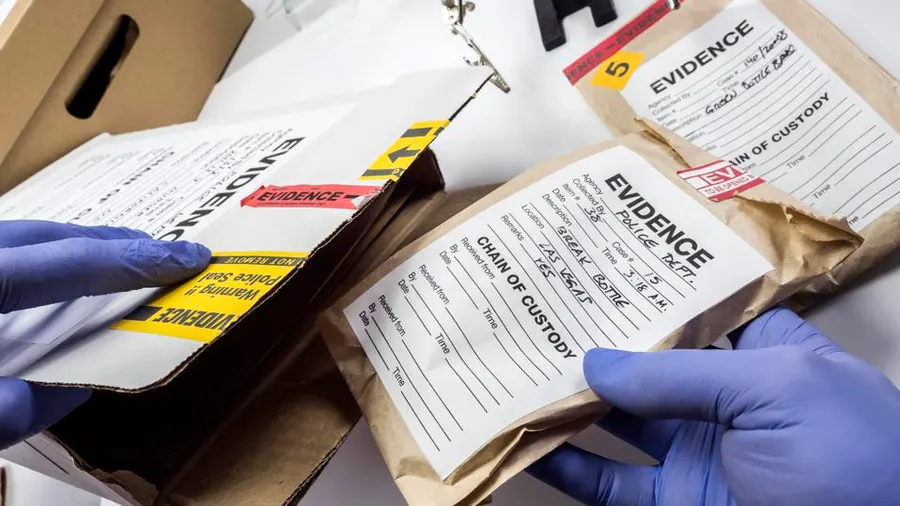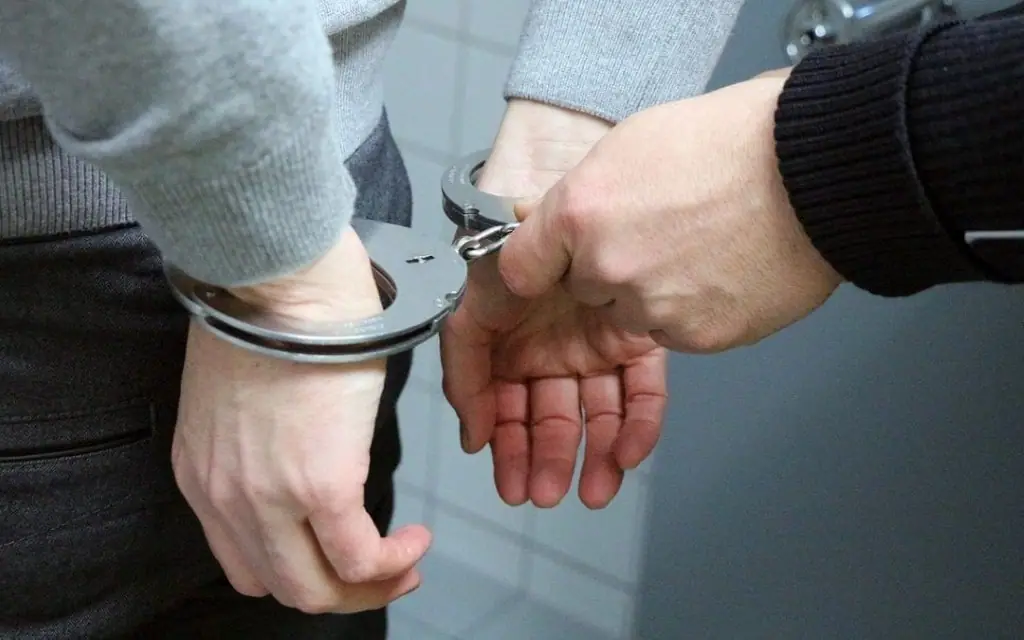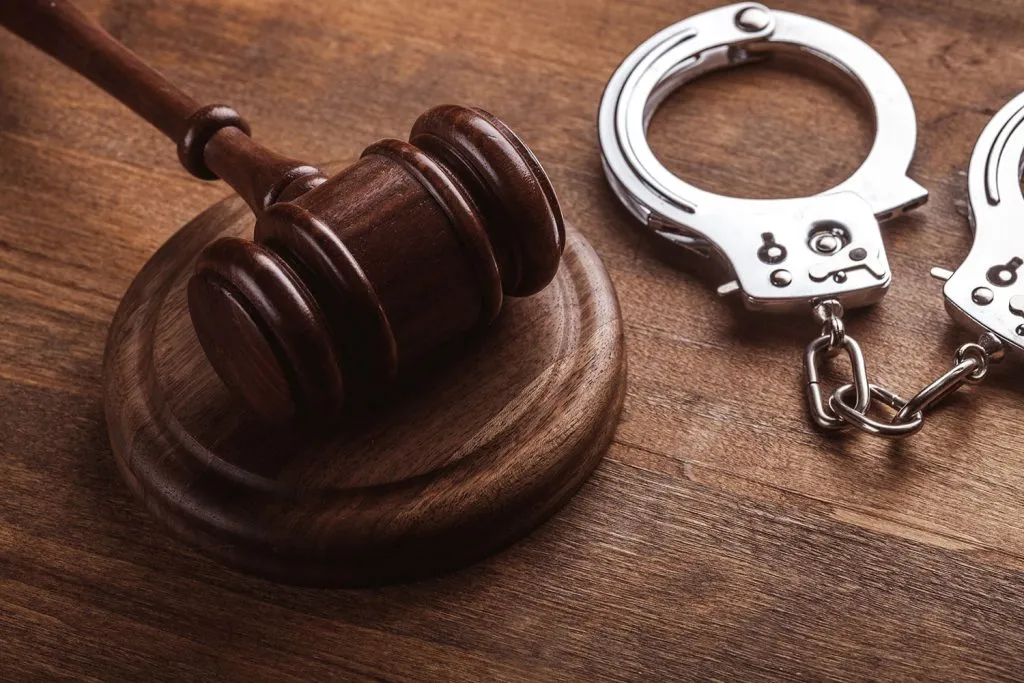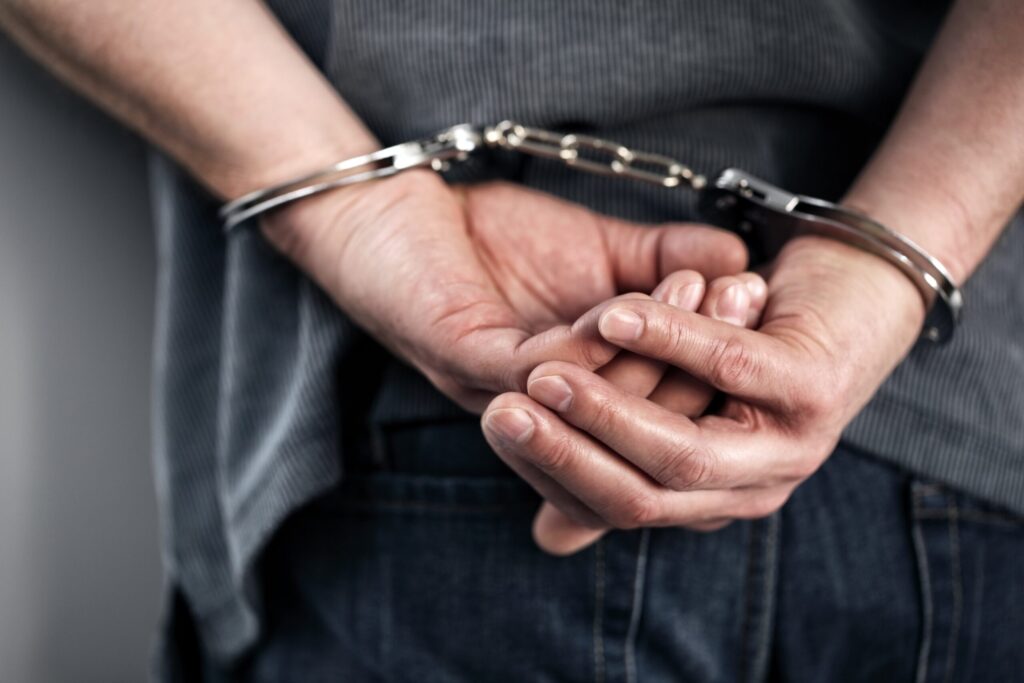Criminal investigation is a complex and intricate process that plays a crucial role in maintaining law and order within society. It involves a series of steps, methods, and techniques aimed at uncovering the truth, identifying suspects, and ensuring justice is served. In this article, we will delve into the intricacies of how the process of criminal investigation works, shedding light on its key components, and addressing some common questions about this subject.
Understanding Criminal Investigation
Criminal investigation is the systematic process of gathering and evaluating evidence related to a crime. The objective is to identify and apprehend the perpetrator, establish their guilt or innocence, and provide the necessary evidence for a successful prosecution. This process is essential for upholding justice and ensuring that the rights of the accused are protected. It involves several key steps and is typically carried out by law enforcement agencies, such as the police.
The Investigative Process: Step by Step
- Report of a Crime: Criminal investigations often begin with a report of a crime. This report can come from various sources, including witnesses, victims, or even law enforcement officers who discover evidence of a crime during routine patrols.
- Initial Response: Upon receiving a report, law enforcement agencies dispatch officers to the scene. These officers secure the area, ensuring that evidence is preserved and witnesses are interviewed. They may also make immediate arrests if the situation warrants it.
- Crime Scene Investigation: Crime scene investigators, or CSIs, play a crucial role in collecting and documenting physical evidence. They photograph the scene, collect samples, and meticulously document their findings. This evidence can include fingerprints, DNA, weapons, and more.
- Witness Interviews: Detectives and officers interview witnesses and victims to gather information about the crime. Witness statements can help piece together the sequence of events and identify potential suspects.
- Suspect Identification: Based on evidence and witness statements, investigators create a list of potential suspects. They may also use databases and records to identify individuals with a history of similar offenses.
- Evidence Analysis: Physical evidence is sent to crime labs for analysis. This step can involve DNA testing, ballistics analysis, and more, all aimed at linking evidence to the crime and the suspect.
- Arrest and Interrogation: If there is sufficient evidence, law enforcement officers arrest the suspect. Interrogations follow, during which officers question the suspect to gather more information and potentially obtain a confession.
- Case Preparation: The collected evidence is used to build a case against the suspect. This includes preparing documents, witness testimonies, and expert opinions for court proceedings.
- Court Proceedings: The case goes to court, where the prosecution and defense present their arguments and evidence. A judge or jury determines the outcome, which may result in a conviction or an acquittal.
- Verdict and Sentencing: If the suspect is found guilty, a sentence is determined by the court. This could include imprisonment, probation, fines, or other penalties.
FAQs About Criminal Investigation
- How long does a criminal investigation typically take? The duration of a criminal investigation can vary widely. It depends on the complexity of the case, the availability of evidence, and the workload of law enforcement agencies. Some investigations may be resolved quickly, while others can take months or even years.
- What happens if the evidence collected is insufficient for a conviction? If the evidence gathered is not sufficient to secure a conviction, the suspect may be released, and the case may remain open. Law enforcement may continue to investigate and gather additional evidence to strengthen the case.
- Can a person be arrested without evidence? Yes, a person can be arrested without direct evidence, but there must be probable cause to believe that they committed a crime. Probable cause can be established through witness statements, circumstantial evidence, or other factors that suggest the person’s involvement in the crime.
- Are the rights of the accused protected during the investigation? Yes, the rights of the accused, such as the right to remain silent and the right to legal representation, are protected throughout the investigation. Any evidence obtained in violation of these rights may be inadmissible in court.
Conclusion
The process of criminal investigation is a vital component of the criminal justice system. It plays a critical role in upholding the rule of law, ensuring the rights of the accused are protected, and delivering justice to victims. Understanding the steps involved in a criminal investigation is essential for a society that values the principles of fairness and accountability. As cases vary in complexity and nature, the process can be lengthy and demanding, but its significance in maintaining law and order cannot be overstated.







